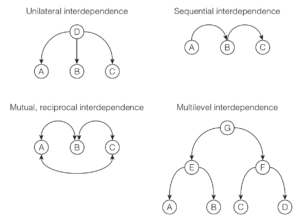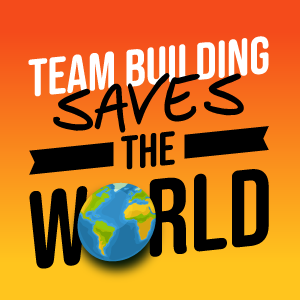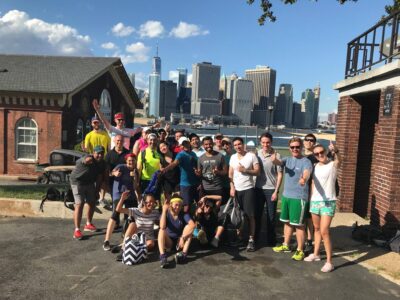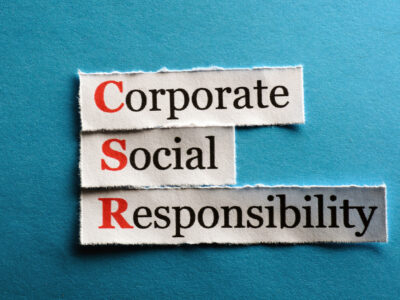 The role of the leader is one of the most important roles within a group. The effectiveness of a leader can have great impact on the success or failure of a team as a whole, and while leadership styles don’t necessary dictate a group’s success, one of the most important functions of leadership is to make sure avenues of communication are clear between all members of a team.
The role of the leader is one of the most important roles within a group. The effectiveness of a leader can have great impact on the success or failure of a team as a whole, and while leadership styles don’t necessary dictate a group’s success, one of the most important functions of leadership is to make sure avenues of communication are clear between all members of a team.
There are several different approaches to leadership. Leadership styles are constantly evolving, and there is a lot of debate over which form of leadership is the most effective. Often it comes down to the particular setting or environment, but there are some common threads which follow through all of the leadership styles.
The style of leadership that most people think of automatically is one in which a single person is in a position of authority over all members of their team, and has equal authority over them. This style of leadership is called Average Leadership Style, or ALS.1 It requires the leader to be able to communicate equally with all members of the team, and to treat them all the same. This is where the “Average” in ALS comes into play. Any one member of the team should be able to be selected to represent an average team member, with equal communication and responsibility. While this style of leadership can be extremely effective while working in small groups, when applied to large teams or whole companies, it can become challenging.
ALS is a style of leadership that where the primary focus of the exchange is focused on the leader, and their actions and needs within the group dynamic. Many of the more modern styles of leadership move away from this kind of dynamic, and focus either on the actions and needs of the group members, or on the relationship between leader and group members.
Leader Member Exchange (LMX) is one of these alternate styles of leadership. As you might guess from it’s name, the focus of LMX is on the relationship between leaders and members.2 The relationship between both parties in an LMX model should be unique from individual to individual, rather than uniform across the entire group as in ALS. Again, this style of leadership becomes more complex the larger the group, and often requires intermediary steps, rather than one leader being responsible for a complex relationship with an entire company.
 If you remember our post on group dynamics where we discussed different kinds of group set ups, these different styles of leadership should slot pretty well into the different group dynamics. Groups that function in reciprocal interdependence, as in all group members rely on each other equally, are much more likely to benefit from LMX than they are from ALS.
If you remember our post on group dynamics where we discussed different kinds of group set ups, these different styles of leadership should slot pretty well into the different group dynamics. Groups that function in reciprocal interdependence, as in all group members rely on each other equally, are much more likely to benefit from LMX than they are from ALS.
Stepping even further away from traditional leadership rolls, we encounter Complex Leadership Theory (CLT). While most leadership theories focuses on the actions and relationships of individual leaders, CLT is concerned more with dynamics of leadership3. Rather than focusing solely on hierarchical leadership, as in the managerial structure that is built into a work place, it focuses more on places leadership exists organically within organization.
This kind of leadership ship becomes most obvious typically in periods of change. It’s the ability to adapt, and to help others to adapt, that most clearly distinguishes a leader within CLT. “Adaptive challenges are problems that require new learning, innovation, and new patterns of behavior. They are different from technical problems, which can be solved with knowledge and procedures already in hand.”3 Group members who are able to react quickly to change and assist others represent a kind of organic leadership that can’t be accounted for in administrative hierarchy, and therefore can’t be addressed in any of the other leadership theories.
Regardless of the style of leadership being practiced, the ability to foster communication is a very important part of leadership. In ALS, it’s imperative that all group members receive clear direction and equal paths of communication. In LMX, the relationship between leader and member is entirely dependent on a clear exchange between both parties. CLT states that leadership develops and thrives most in situation where avenues of communication are clear, and group members are able to help each other.
The question then becomes, what is it that makes these lines of communication strong? Is it just the strength of the interpersonal relationships, and their emotional carrying capacity? What, ultimately, is it that makes a team work well together? Continue on for the final post in this series, and learn about how affective team building can improve these core aspects of teamwork.







